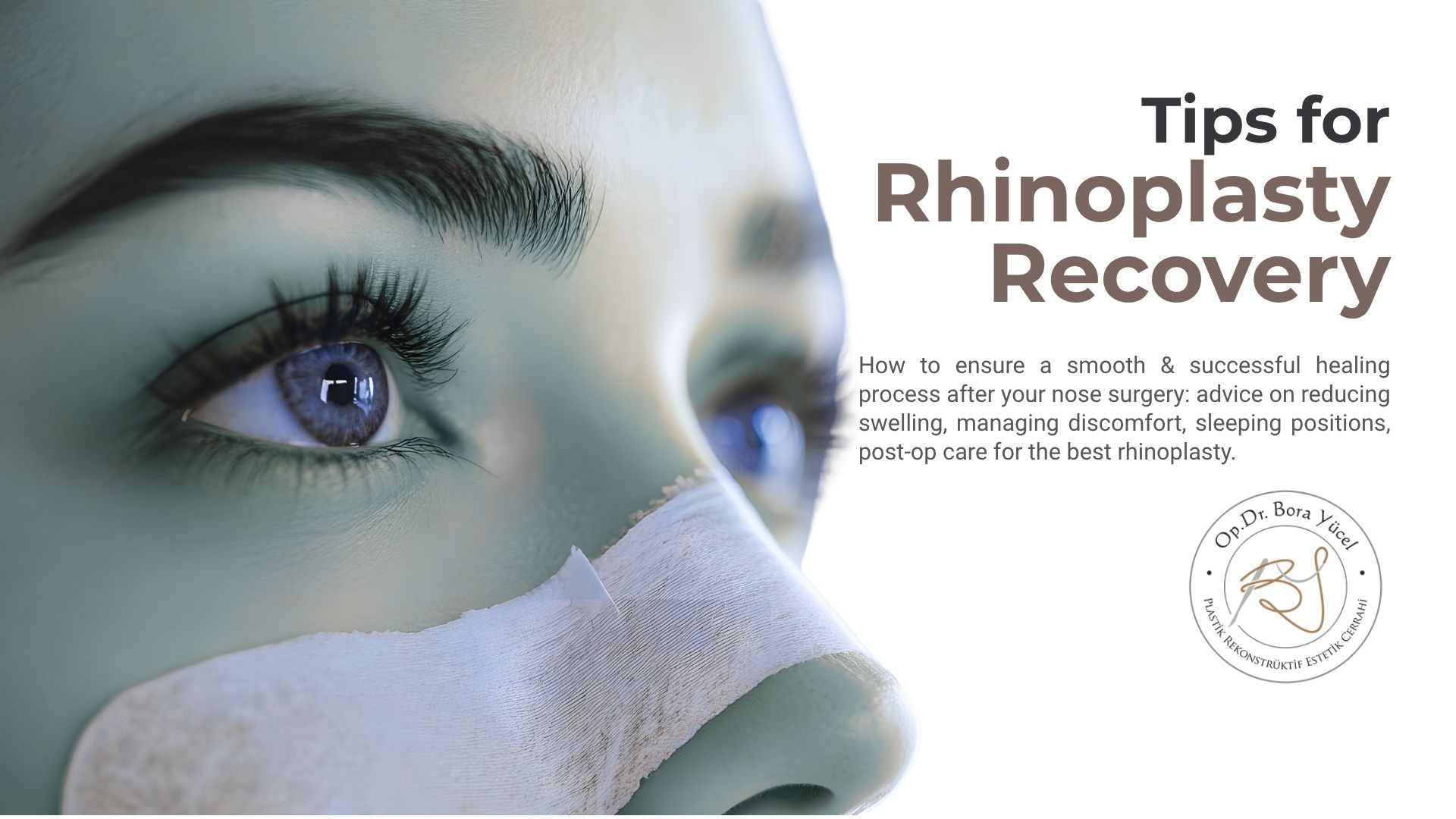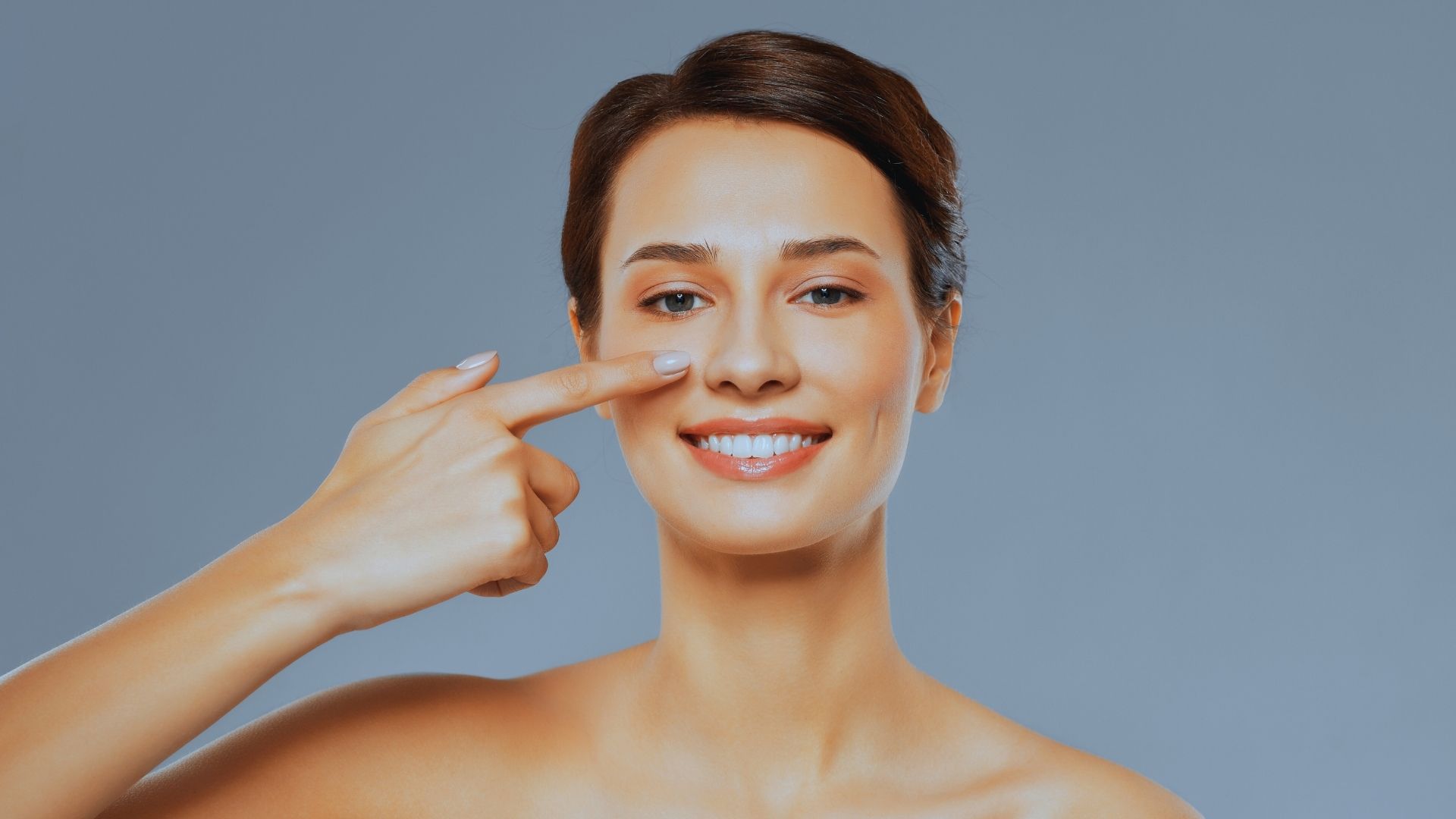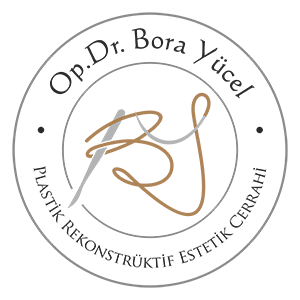The rhinoplasty recovery period is very vital for receiving the best results, regardless of what the surgery was for: to make you look better or to repair breathing problems. If you take care of yourself, be patient, and follow your surgeon's directions, you might be able to avoid complications that you don't want.

The following are the best ways to make sure your rhinoplasty recovery goes well and safely.
Keep your head elevated.
After rhinoplasty surgery, you should sleep on your back at a 25-45 degree angle for 7-10 days. Sleeping in this position helps reduce swelling in the nose and face.
We recommend using several pillows to sleep upright, supporting your back, and using a V-shaped pillow (more commonly used during pregnancy) to prevent turning onto your side while sleeping.
After rhinoplasty, avoid showering with hot water.
After surgery, you should avoid showering with hot water, taking baths, or going to saunas or other extremely hot environments until the nasal splint (cast) is removed. Hot water and steam can cause you to sweat, which may loosen the splint. This can cause swelling in the surgical area or on your face.
Use cold compresses.
Cold compresses can help reduce swelling and pain over the first 48 hours. To avoid pressure on the surgery site, put them on your cheekbones and around your eyes.
Be patient with swelling.
It is normal for your nose to swell after rhinoplasty. Most of it goes away in a few weeks, but some swelling, especially around the tip of the nose, might last for up to a year. Don't judge your ultimate outcomes too soon; you need to be patient to see what they really are.
Maintain a healthy diet and hydration.
Healthy and balanced nutrition strengthens the body. Healthy eating also supports recovery after nose surgery. Avoiding certain foods after rhinoplasty helps reduce swelling. These include packaged foods, pickles, and pickled foods. These foods are excessively salty. Excessive salt consumption can increase the fluid retention that the body needs to eliminate.
Focus on:
- Vitamin C for fixing tissues,
- Protein for making collagen,
- Zinc to help the immune system,
Drink a lot of water and stay away from salty foods, which can make swelling worse.
Consuming plenty of green leafy vegetables, eggs, yoghurt, and other sources of vitamin K after nose surgery helps reduce swelling.
Do not blow your nose after rhinoplasty.
You should not blow your nose during the recovery period following rhinoplasty surgery. For 6 weeks after the surgery, you should not blow your nose and should be careful when sneezing. Care should be taken to sneeze without straining the nose.
Refrain from wearing glasses for a while after your nose surgery.
Patients should wait at least 4 to 6 weeks before putting on normal glasses that sit on their noses. The duration of this restriction may be much longer in some circumstances, depending on how your nose heals and the type of rhinoplasty you have.
In certain circumstances, it may be necessary to refrain from wearing contact lenses for 6 months following nose surgery. If you cannot see well without glasses, you can use contact lenses during this period. The nasal bone will remain soft and not fully healed for six months following rhinoplasty. To prevent damage to the nasal structure, you should also avoid wearing sunglasses for 6 months.
Avoid exposure to the sun after rhinoplasty.
Direct exposure to the sun may cause permanent discolouration of the scar outside the nose. For 6 months after rhinoplasty, you should not go outside without using sunscreen and you should avoid sunbathing.
Quit smoking after rhinoplasty.
Smoking should be avoided during all surgical procedures, as it slows down the healing process. Particularly in cosmetic procedures, where the goal is to achieve a beautiful appearance more quickly, smoking should be avoided before and after surgery. This includes electronic cigarettes and nicotine patches. It is crucial for patients to abstain from nicotine for 4 weeks prior to surgery and to refrain from smoking until the date specified by the plastic surgeon following the procedure, as this significantly impacts the recovery process.
Be patient to see final results after rhinoplasty.

The recovery process following rhinoplasty varies from person to person and generally takes a long time. Therefore, patients should not compare themselves to others after surgery. One year after the procedure, patients see full recovery and clear results from rhinoplasty.
Stay away from strenuous activities.
For at least 3 to 4 weeks, stay away from any activity that makes your heart rate go up, such as sprinting, lifting weights, or bending over. More blood flow might cause bleeding, swelling, or even change the contour of your nose.
Protect your nose from accidental impact.
In the first few months, your new nose will be weak. Until your doctor says it's okay, stay away from busy locations, contact sports, and wearing glasses and sunglasses directly on the bridge of your nose. If you need to, think about using cheek supports or tape to hold up your glasses.
Attend follow-up appointments.
Regular follow-ups Let your surgeon check your healing, take out stitches or splints, and make sure everything is going as planned. Not going to appointments could slow down recovery or mask early indicators of problems.
Briefly,
The healing period after a successful rhinoplasty is just as important as the surgery itself. You can make sure that your results endure a long time and seem natural by taking care of yourself, following your surgeon's recommendations, and being patient.
If you're thinking about getting rhinoplasty, talk to a knowledgeable and experienced plastic surgeon who will help you through every stage, from the first consultation to the last recovery, to get the greatest results.
Please contact us for more information.

